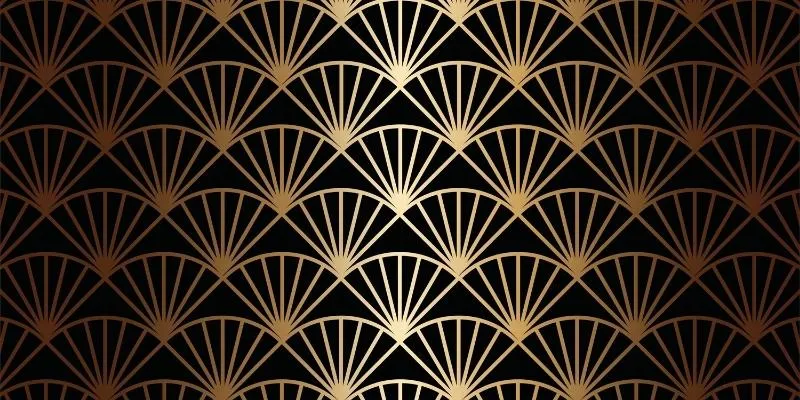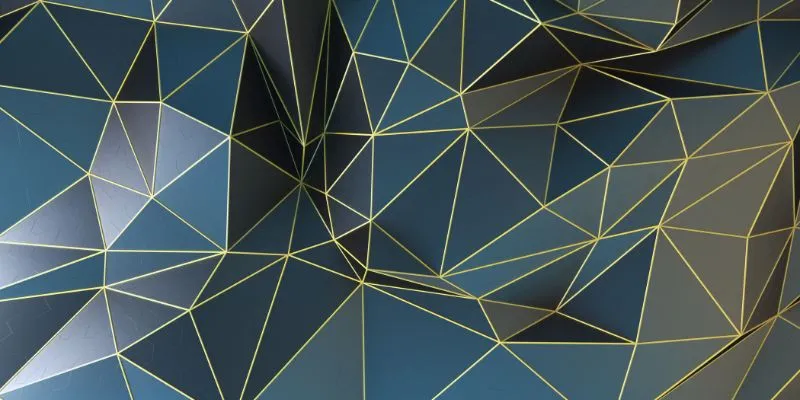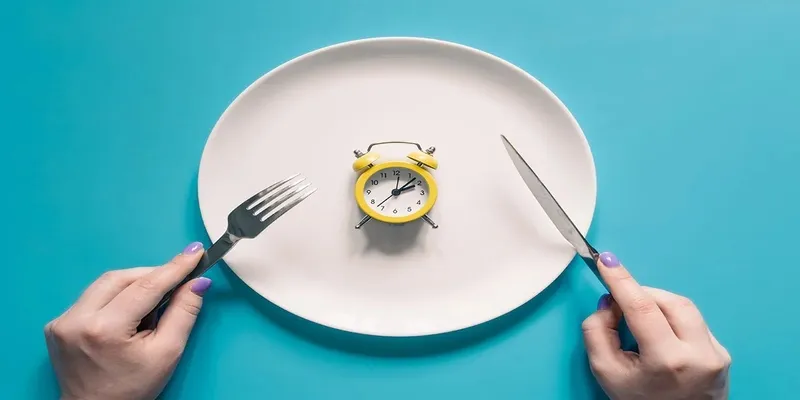Futurism vs Art Deco: Comparisons and Differences
Futurism and Art Deco were influential artistic movements of the early 20th century, each capturing the social, technological, and cultural shifts of their times. Futurism, emerging in Italy, celebrated the vitality of modern life, technology, and speed. In contrast, Art Deco, originating in France, is distinguished by its geometric forms, decorative beauty, and sense of luxury.
Understanding the differences between Futurism and Art Deco allows us to appreciate their unique contributions to design, architecture, and art. This article will explore the key characteristics, historical backgrounds, and visual appeals that differentiate Futurism from Art Deco, highlighting their significance in the evolution of contemporary art.

Historical Context of Futurism
Futurism emerged in Italy in the early 1900s, driven by a desire to reject historical constraints. The Futurists embraced the intensity of modern life, celebrating speed, technology, and the machine age. The movement officially began with Filippo Tommaso Marinetti’s 1909 publication of the Futurist Manifesto, which called for a complete rejection of traditional aesthetics in favor of industrialization and urbanization.
Futurism was as much a political statement as an artistic movement. The Futurists believed that conflict led to rebirth and energy, aligning themselves with nationalism and militarism. This ideology mirrored the rapid industrial progress transforming European lifestyles and economies. Key figures such as Giacomo Balla, Umberto Boccioni, and Carlo Carrà depicted motion and the passage of time in their works.
Characteristics of Futurism
Futurism is defined by its focus on speed, movement, and the dynamism of modern society. Key characteristics include:
- Dynamic Forms: Futurists used overlapping forms and fragmented shapes to convey movement, imbuing a sense of speed and intensity.
- Bright Colors: Vivid, bold colors were used to reflect enthusiasm for modern life and technology.
- Themes of Modernity: Futurism celebrated modern living, urbanization, and the machine age, often depicting bustling city life and technological innovations.
- Abstract Representation: Unlike traditional realism, Futurism emphasized abstraction to convey movement and emotion.
- Influence on Other Arts: Futurism impacted architecture, music, and literature, promoting a fresh, modern aesthetic across disciplines.
Futurist works typically evoke a sense of urgency and vibrancy, inviting viewers to experience the fast-paced world of the early 20th century.
Historical Context of Art Deco
Art Deco emerged in France in the 1920s, gaining prominence during the Roaring Twenties and continuing into the 1930s. This movement was a response to the turmoil of World War I and an appetite for luxury and sophistication. Officially identified as a style in 1925 at the Paris Exposition, Art Deco marked a new era in decorative arts.
The movement was profoundly influenced by cultural phenomena like the rise of jazz, Hollywood glamour, and explorations of other cultures. As society sought to celebrate progress and innovation, Art Deco reflected the optimism and modernism of the interwar years. Drawing inspiration from Cubism, Futurism, and ancient civilizations, Art Deco combined these elements into a unique aesthetic.

Characteristics of Art Deco
Art Deco is defined by its elegant, streamlined design and emphasis on luxury and sophistication. Key traits include:
- Geometric Patterns: Bold geometric shapes and symmetrical designs establish harmony and order.
- Rich Materials: The style emphasized opulent materials like marble, chrome, and glass, often featuring intricate detailing.
- Color Palette: Art Deco often utilized rich, vibrant colors, balanced with subdued tones to achieve sophistication.
- Ornamental Motifs: Influenced by nature, ancient civilizations, and technology, these decorative elements add narrative depth to designs.
- Streamlined Forms: Reflecting the industrial age, the streamlined aesthetic conveys speed and efficiency.
Art Deco impacted architecture, interior design, fashion, and visual arts worldwide, symbolizing luxury and glamour.
Comparison of Futurism and Art Deco
While both were influential movements, Futurism and Art Deco differ in philosophy, aesthetics, and historical context. Here are some characteristics of Futurism and Art Deco for comparison:
- Philosophy: Futurism celebrates energy, speed, and modern technology, while Art Deco emphasizes elegance, luxury, and decorative beauty.
- Visual Style: Futurism features abstract representations of movement with vivid colors and fractured patterns. Art Deco showcases geometric designs, rich materials, and a polished, sophisticated appearance.
- Cultural Context: Futurism arose amid nationalism and industrial upheaval in Italy, whereas Art Deco thrived post-World War I, embodying a desire for glamour and wealth.
- Influence: Futurism influenced various art forms, including literature and architecture, while Art Deco became a dominant style in design, fashion, and interior decor.
Understanding these differences enhances our appreciation of how each movement shaped the 20th-century cultural landscape.
The Legacy of Futurism and Art Deco
Both Art Deco and Futurism have left a lasting legacy, continuing to influence modern design and art. Futurism’s focus on modernism and technology resonates with today’s digital age, where innovation and speed are paramount. The movement’s rebellious spirit inspires artists and designers to challenge norms and explore new forms of expression.
Conversely, Art Deco remains popular, particularly in architecture and interior design. Modern luxury brands and contemporary art movements often incorporate its timeless elegance and luxury. From graphic design to fashion, the enduring appeal of Art Deco is evident through revived elements.
Both movements remind us of the transformative power of design and art, offering a glimpse into the changing human experience by reflecting the aspirations, dreams, and challenges of their respective eras.
Conclusion
The historical contexts of Futurism and Art Deco reveal two distinct artistic trends that emerged in the early 20th century. Futurism celebrates speed, vitality, and modernism, while Art Deco captures elegance, luxury, and decorative beauty. Understanding these differences enhances our appreciation for their contributions to design and art. Both movements have left a lasting legacy, influencing contemporary society and continuing to inspire designers and artists today. Recognizing their unique characteristics helps us value the rich tapestry of artistic expression that shapes our world.











